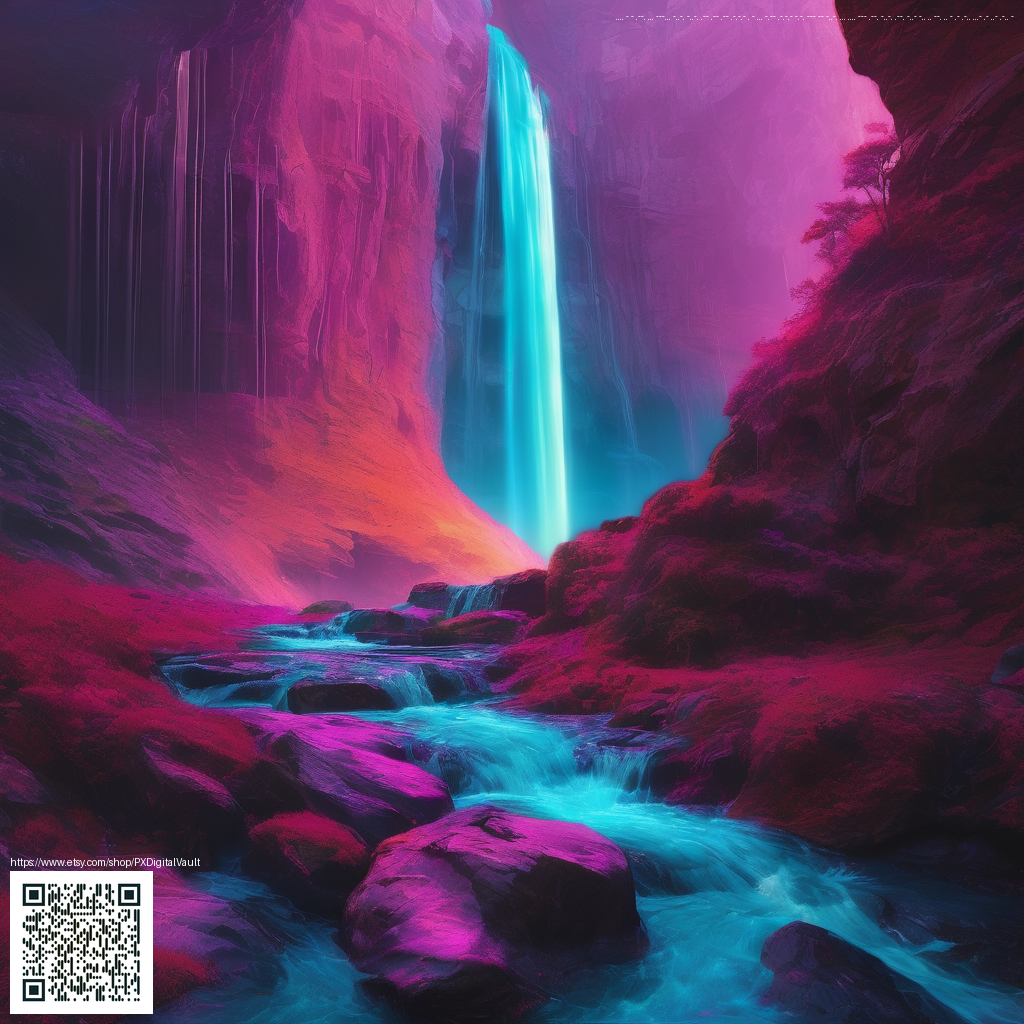
Digital paper textures are more than decorative flourishes—they’re tools for storytelling in photo manipulations. When you blend torn, ruled, or scripted paper into a composition, you create depth, history, and tactile presence that flat digital surfaces often lack. The art lies in integrating texture so it feels intentional, not tacked on. This guide walks you through practical steps to master digital paper blends and elevate your work with confidence.
Texture, tone, and storytelling
Texture sets the mood. A rough torn edge can imply age or urgency, while a crisp notebook page can imply precision and modernity. The key is to choose textures that support the narrative of your image. For example, if you’re aiming for a moody, cinematic look, choose paper textures with a subtle grain and soft aging. If your project is playful or editorial, brighter textures with visible fibers can add character without overpowering the subject. When blending, think about the story you want to tell as much as the technical steps you take.
Preparing your canvas
Before you start blending, assemble a small library of textures at high resolution. You can source authentic paper textures or craft your own by photographing a notebook page, a watercolor wash, or a card stock under diffused light. The more you zoom in, the more forgiving your blend will be when you scale for different outputs. Keep lighting consistent across textures so shadows and highlights feel cohesive across the composite.
- Organize textures by tone: warm, cool, neutral. This makes color matching faster.
- Keep a few grayscale mats to test value shifts without color distractions.
- Capture texture with ample contrast to preserve detail in shadows and highlights.
Blending techniques that really work
Non-destructive editing is your friend. Working with adjustment layers and layer masks lets you experiment without committing to a single path.
- Blending modes: Start with Overlay or Soft Light to let the paper texture interact with the underlying image. If the texture appears too strong, reduce its opacity and blend through a MASK rather than erasing.
- Layer masks: Use a soft brush on a mask to gradually reveal or hide texture, allowing the texture to follow the contours of your subject.
- Perspective and warp: Paper textures often wear with perspective. Use transform tools to align texture planes with the scene, then apply a gentle warp to mimic folds or creases.
- Color harmony: Apply a subtle color balance or gradient map across the texture so it harmonizes with the overall palette. If your subject is warm-toned, a warm paper texture will feel more natural; for cooler scenes, a cooler texture can unite elements without discord.
- Edge realism: Break the edge of the texture with a curved mask to simulate peeling, curling, or layering. A few irregularities in the boundary can sell the effect more convincingly than a clean edge.
“The goal isn’t to plaster paper onto an image; it’s to weave it so that light, shadow, and texture share the same stage.” This mindset helps you avoid over-editing and keeps the blend believable.
Color, light, and depth
Lighting is the bridge between texture and realism. Paper textures respond to light just like any surface—so simulate light direction, intensity, and color temperature across the scene. If your main subject is highlighted from the left, the blended paper should echo that direction with subtle shading on the right. Depth can be enhanced by layering multiple textures with varying opacities and using a gentle depth-of-field cue to separate foreground paper from background elements.
Creative experiments you can try
Dig into subtlety and experimentation. Try blending a thin, nearly translucent sheet of paper to vignette a product, or layer a handful of crumpled textures to hint at a tactile, tactile environment around the subject. When you’re ready to apply this approach to a real-world scenario, you might explore how digital paper blends can enrich product photography. For example, weaving texture into a shot of the Neon Phone Case with Card Holder MagSafe Polycarbonate (https://shopify.digital-vault.xyz/products/neon-phone-case-with-card-holder-magsafe-polycarbonate) can give a physical, tactile feel to an otherwise glossy object. It’s a creative way to tell a story without shouting the product’s features, letting the texture convey mood and quality. If you’re curious about related ideas, you can also review broader creative approaches on a reference page here: https://horror-stories.zero-static.xyz/2a027bf0.html.
Practical workflow checklist
- Set up a non-destructive workflow with smart objects or adjustment layers.
- Photograph textures or source high-res scans with consistent resolution.
- Test blending modes on a duplicate layer to compare impact quickly.
- Finish with a cohesive color grade to unify all elements.